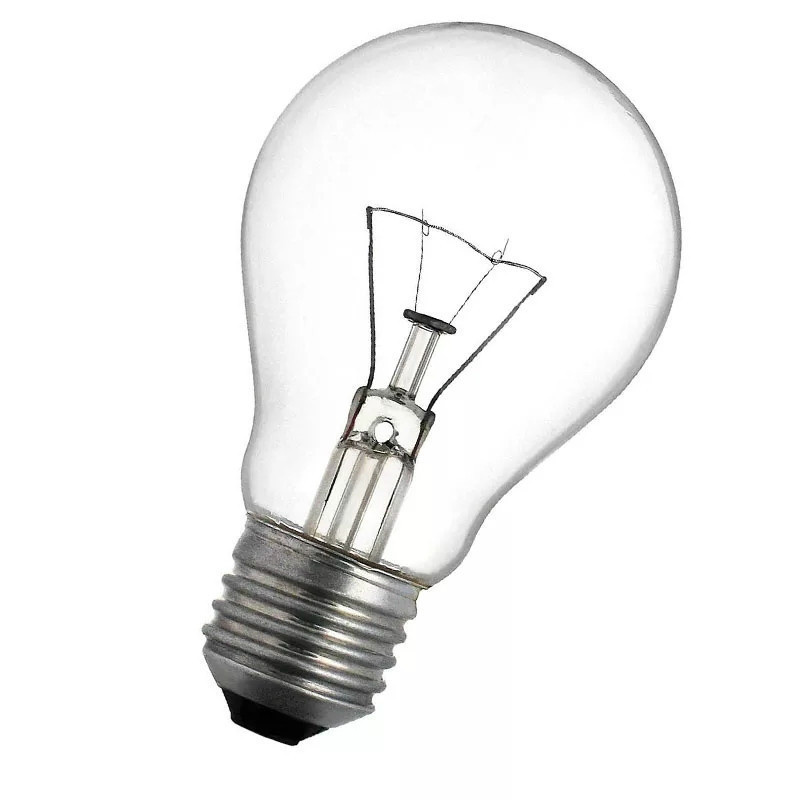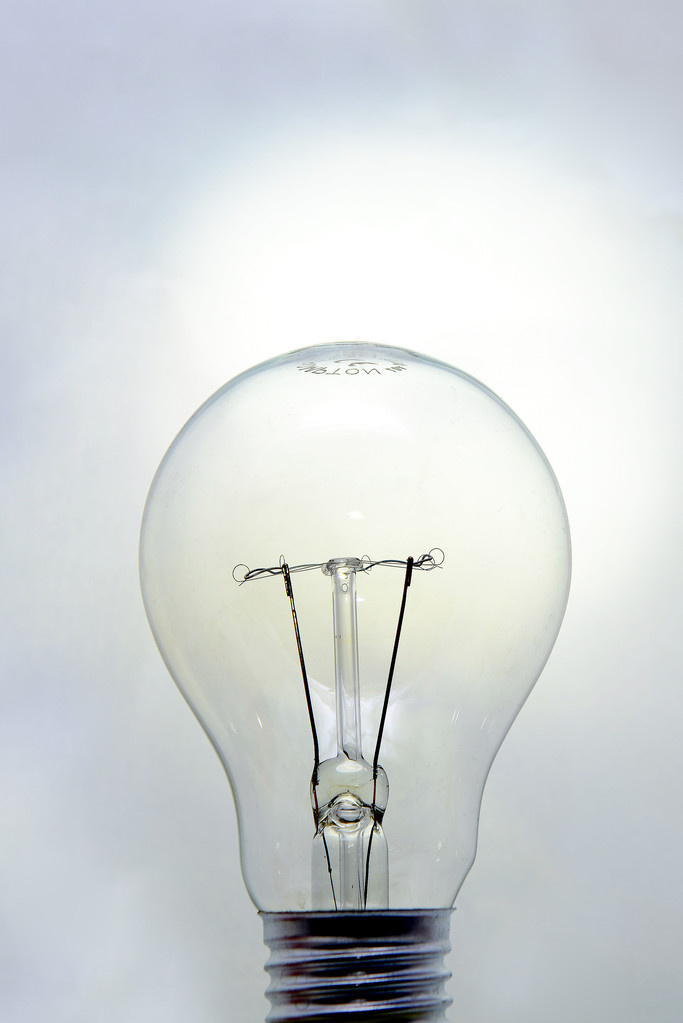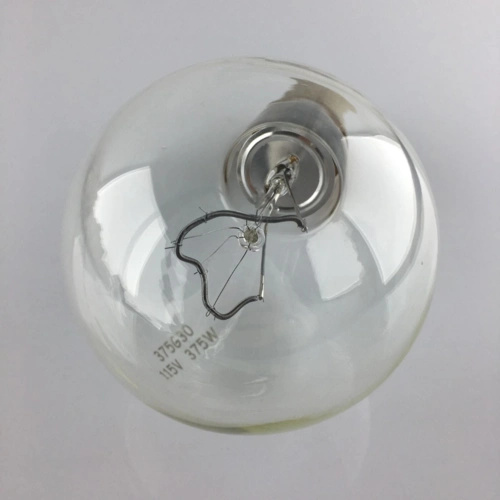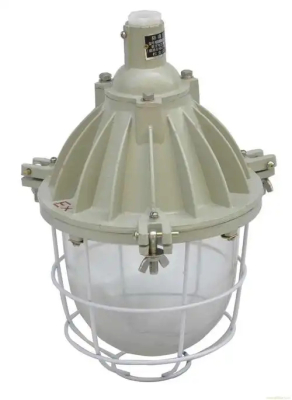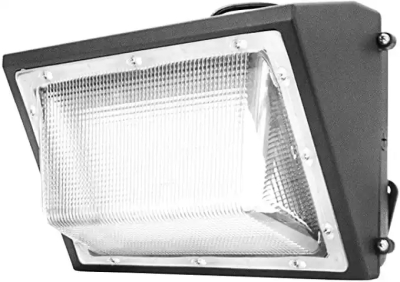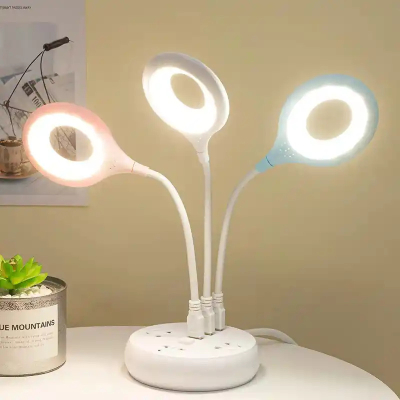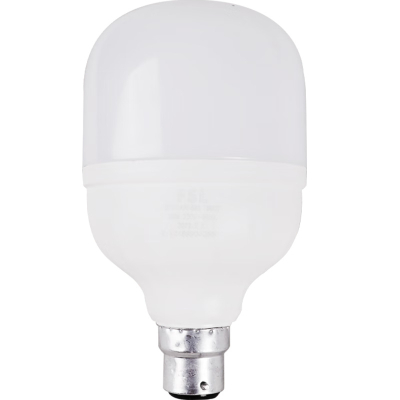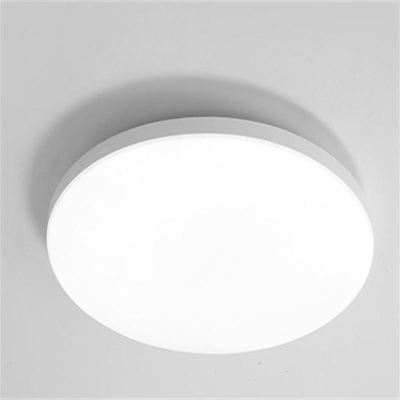Incandescent Lamp
An incandescent lamp is a type of electric light that produces light by heating a filament wire to a high temperature until it glows. The filament is usually made of tungsten, a metal with a high melting point. When an electric current passes through the filament, the resistance of the filament causes it to heat up. As the temperature rises, the filament emits visible light, along with a significant amount of heat in the form of infrared radiation.
The process can be described as follows: the electrical energy from the power source is converted into heat energy due to the resistance of the filament. As the filament gets hotter, it begins to glow and emit light. The color of the light emitted depends on the temperature of the filament. At lower temperatures, the light may have a more yellow - orange hue, while at higher temperatures, it can approach a whiter color.
Construction and Components
Filament
The filament is the heart of the incandescent lamp. Tungsten is the most commonly used material because it has a very high melting point (around 3422 °C), which allows it to withstand the high temperatures required to produce light. The filament is usually a very thin wire, carefully coiled to increase its resistance and the surface area available for heat dissipation. The length and thickness of the filament are designed to achieve the desired brightness and lifespan of the lamp. For example, a thicker filament may be used for a higher - wattage lamp to handle the greater current flow without burning out too quickly.
Glass Envelope
Surrounding the filament is a glass envelope. The glass is usually clear or frosted, depending on the intended use. The envelope serves multiple purposes. It protects the filament from the external environment, such as air and moisture, which could cause the filament to oxidize and burn out more quickly. It also helps to contain the heat and direct the light in a more or less uniform direction. Some incandescent lamps have a special coating on the inside of the glass envelope. This coating can be used to modify the color temperature of the light or to reduce glare.

Base
The base of an incandescent lamp is used to connect the lamp to the electrical socket. There are different types of bases, such as the Edison screw base and the bayonet base. The Edison screw base is the most well - known, with a threaded design that screws into a corresponding socket. The bayonet base has two lugs that fit into slots in the socket and then twist to lock the lamp in place. The base also provides the electrical connection between the power source and the filament, allowing the current to flow through the lamp.
Support Wires and Fill Gas (Optional)
Inside the glass envelope, there are usually support wires that hold the filament in place. These wires are made of a material that can withstand the high temperatures and are carefully insulated from the filament to prevent short - circuits. Some incandescent lamps also contain a fill gas, usually an inert gas such as argon or a mixture of inert gases. The fill gas helps to reduce the rate of evaporation of the filament material. By reducing the evaporation, the lifespan of the filament can be extended, as the thinning of the filament due to evaporation is one of the main causes of lamp failure.
3. Advantages
Simple Design and Low Cost
Incandescent lamps have a relatively simple design. The basic components - a filament, a glass envelope, and a base - are easy to manufacture, which makes them inexpensive compared to some other types of lighting. This simplicity also means that they are easy to understand and use. For example, they can be easily replaced by the average consumer without the need for any special tools or knowledge.
Warm and Natural - looking Light
The light produced by incandescent lamps is often described as warm and natural. The color temperature of incandescent light is typically in the range of 2700 - 3000K, which is similar to the color temperature of traditional firelight. This gives a cozy and inviting atmosphere, making them popular for use in homes, especially in areas like living rooms and bedrooms where a more comfortable lighting environment is desired.
Instant On and Dimming Capability
Incandescent lamps turn on instantly when the power is applied. There is no warm - up time required, which provides immediate illumination. They are also very easy to dim. By using a simple dimmer switch, the brightness of the light can be adjusted smoothly, allowing for a wide range of lighting levels to suit different moods and activities.
4. Disadvantages
Low Energy Efficiency
Incandescent lamps are not very energy - efficient. A large portion of the electrical energy they consume is converted into heat rather than light. In fact, only about 5 - 10% of the energy input is converted into visible light, with the rest being lost as heat. This inefficiency means that they consume more electricity than other modern lighting technologies such as LEDs and compact fluorescent lamps (CFLs), resulting in higher energy bills.
Short Lifespan
The lifespan of an incandescent lamp is relatively short. The constant heating and cooling of the filament during operation causes it to gradually deteriorate. The evaporation of the tungsten filament material also contributes to its degradation. On average, an incandescent lamp may last for around 1000 - 2000 hours, depending on the usage conditions. This means that they need to be replaced more frequently than other types of lamps.
Fragility
The glass envelope of an incandescent lamp is fragile and can break easily. A broken lamp not only renders the light useless but also poses a safety hazard due to the sharp glass fragments and the exposed electrical components. Additionally, the filament inside the lamp is also quite delicate and can be damaged if the lamp is shaken or bumped too hard.
5. Applications
Residential Lighting
Despite their disadvantages, incandescent lamps are still used in many homes. They are often used in lamps and fixtures where a warm and inviting light is desired, such as in bedside lamps, table lamps, and wall sconces in living rooms and bedrooms. Their instant - on and dimming capabilities make them suitable for use in areas where the lighting needs to be adjusted frequently, such as in a dining room during a meal.
Decorative Lighting
Incandescent lamps are popular for decorative purposes. Their warm light can enhance the appearance of decorative objects such as chandeliers, lanterns, and antique - style light fixtures. The soft glow they produce can create a nostalgic or romantic atmosphere, making them a favorite for special - occasion lighting and in settings like restaurants and hotels.
Some Special - Purpose Applications
In some applications where the heat produced by the lamp is an advantage, incandescent lamps are still used. For example, in incubators, the heat from the incandescent lamp can help to maintain a constant temperature. In some types of photographic lighting setups, the continuous spectrum of incandescent light can be useful for certain types of photography.

